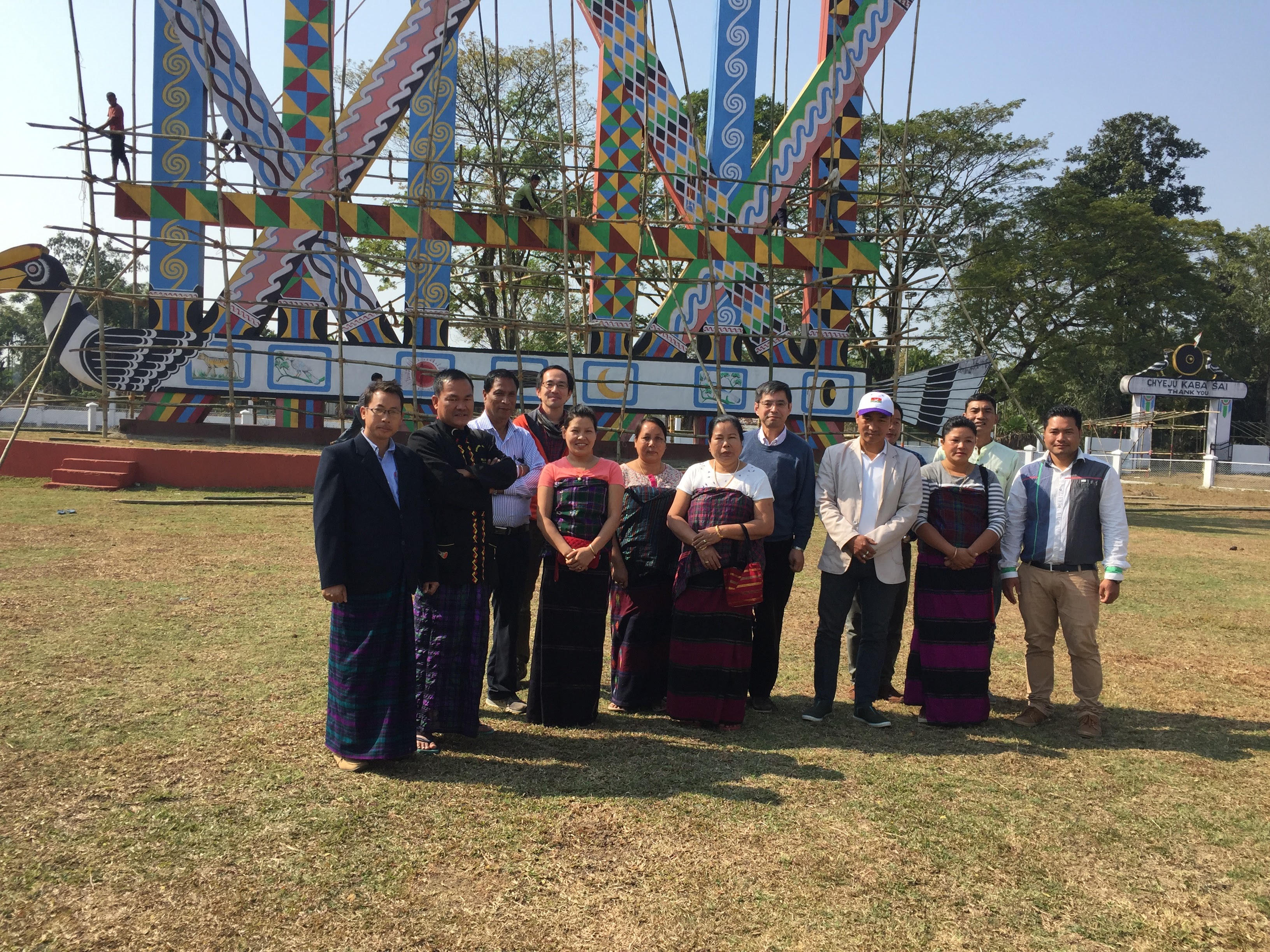- Project Leader : Imamura Masao (Yamagata University, Human and Social Sciences)
- Collaborators : Fujita Koichi (Kyoto University, Center for Southeast Asian Studies)
- : Kojima Takahiro (Tsuda College, Faculty of Liberal Arts)
- : Kimura Makiko (Tsuda College, Faculty of Liberal Arts)
- : Osada Noriyuki (Institute of Developing Economies, Current Affairs Studies Group, Area Studies Center)
- : Horie Mio (Nagoya University, Institute for Advanced Research)
- : Shimojo Hisashi (Kyoto University, Center for Southeast Asian Studies)
- : Kurabe Keita (Tokyo University of Foreign Studies, Research Institute for Languages and Cultures of Asia and Africa)
- : Nagaoka Kei (Kyoto University, Graduate School of Asian and African Area Studies)
- : Nakamura Yui (The Sasakawa Peace Foundation, The Sasakawa Pan Asia Fund)
Outline of Research
This research project will examine the connectivities and disconnectivities across the mountain region that spans from Yunnan of southwestern China to Northeastern India through the Kachin region of norther Myanmar. The project will be carried out by a team of researchers who in the past separately conducted field-based and/or archival research separately; under this project the researchers working on three different countries will work together to share insights. A large question for this team is whether it is plausible to think of this contiguous highland area as one area. Through this question we will investigate a wide range of questions about the nature of Area Studies, while gathering and analyzing empirical data from our fields.
Description
In the southeastern region of the Himalaya mountain region from Yunnan Province of China to India’s Northeast is a highland region with a variety of hill peoples. Because this region has been divided into three states (China, Myanmar, and India) in the modern era, it is rare of think of it as one contiguous place. The notion of Zomia, proposed by Willem van Schendel and James C. Scott, allows us to imagine this diverse region in the interior as one area, perhaps deserving its own Area Studies. The present research project will gather empirical evidences to examine such reconfigurations of area in mainland Southeast Asia. We will carry out our investigations with the idea of an Assam-Kachin-Yunnan Corridor to ground our fieldwork and provide more specific reference points.
The highland region, from Yunnan to Assam, has been characterized by long standing statelessness and ethno-linguistic diversity. Many wars and battles have been waged. There are still insurgency groups and active battles taking place in this region. In each country, it has been inaccessible for foreign researchers. In recent years, however, there are signs that the region is enjoying more political stability. It appears to be possible to carry out more substantive fieldwork nowadays.
To what extent is it plausible to think of this region, the Yunnan-Kachin-Assam region, as one contiguous area with multiple connections that connect various places within? Are we supposed to think that this region has been fragmented into various states because it was fragmented in the first place? Or are we supposed to think that there are connections across this region underneath the divisions imposed by the modern nation-states?
And how about the future? There are signs that the region is going to enjoy more political stability and infrastructure development. Will this region play a vital role in connecting India, China, and Myanmar?
In addition to bettering our understanding of this particular region, probing these questions will produce many insights into the nature of Area Studies, contributing to the rethinking of the discipline
 A Manau post, a symbol of the Kachin (Jingpo), in Yunnan, China |
 A Manau post, a symbol of the Kachin (Jingpo), in Northeast India |
